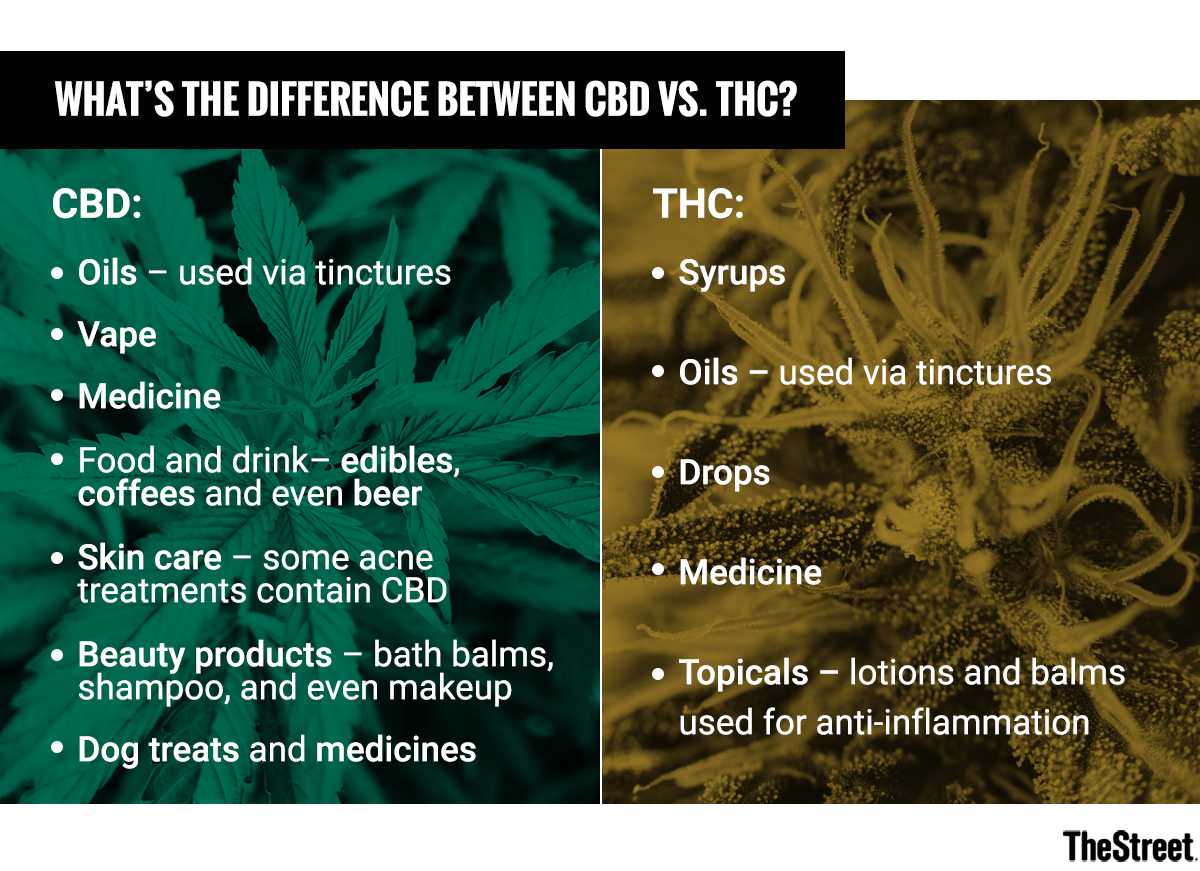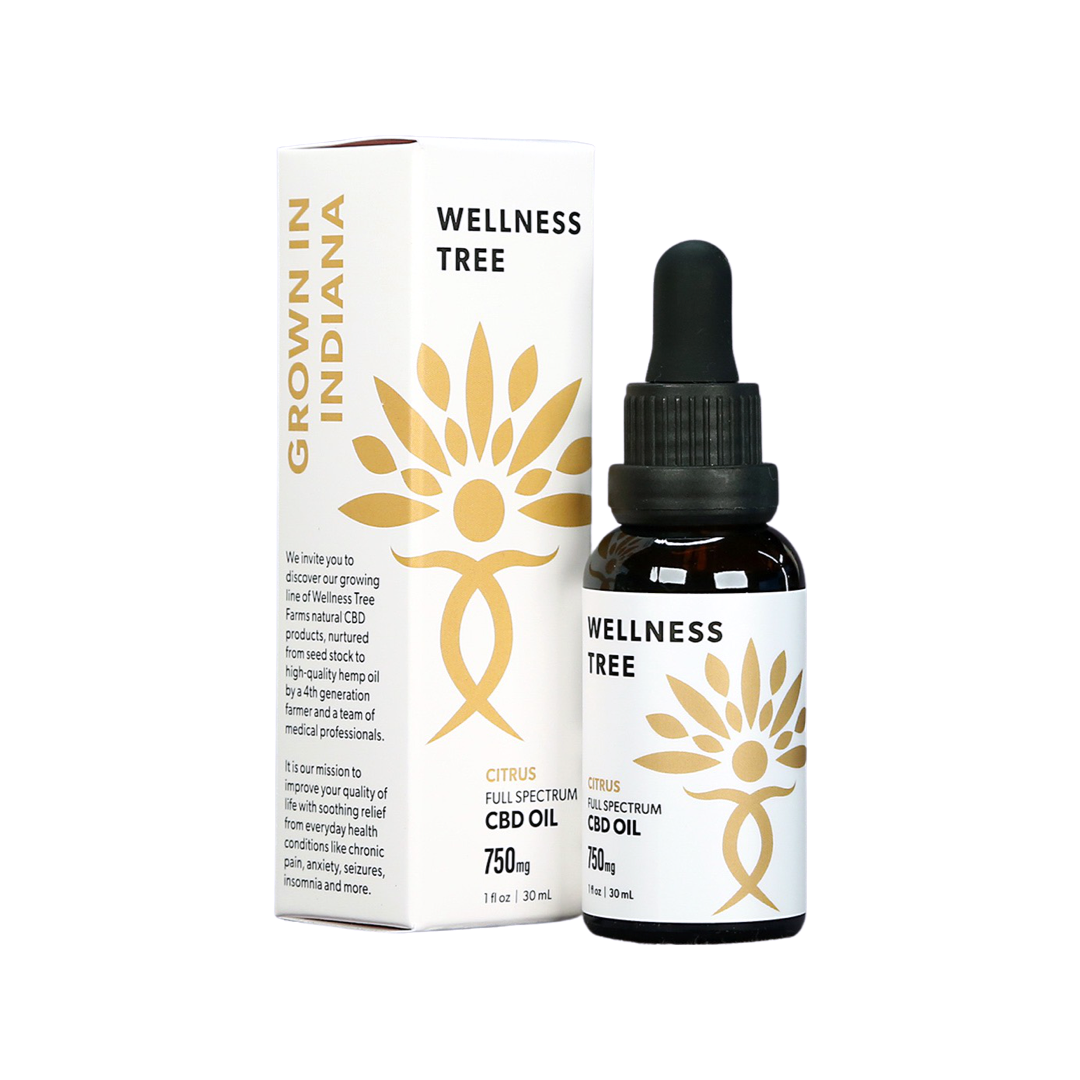
Medical marijuana is able to treat a wide range of conditions. Here's a look at just a few, including Tourette’s Syndrome, Epilepsy, Anxiety, and Tourette’s syndrome. This article should empower you to make informed decisions about medical marijuana.
Anxiety
A number of advantages can be derived from medical marijuana for those suffering from anxiety. Anxiety can limit people's ability to reach important life goals such as higher education, taking on household responsibilities, and setting career goals. Anxiety symptoms can be caused in many different ways. There are however, several effective treatments.
Tourette's Syndrome
Although medical marijuana has not been legalized in the United States, there have been many studies showing that it can be used to treat Tourette's Syndrome. These symptoms include unpredictable and repetitive movements that could cause seizures or tics. Some of these symptoms may be reduced or eliminated completely, depending on the individual's unique case.

Depression
The statistics show that depression and marijuana use are often connected. People with depression are twice as likely than people who don't use marijuana to get high. And although marijuana use is growing across the United States, this is particularly true among those who suffer from depression. This could be due to marijuana's legalization, which made it more accessible. Moreover, it may seem safer now that it is available to almost everyone.
Epilepsy
It has been proven that patients with epilepsy can benefit from medical marijuana. According to estimates, cannabis can lower the severity and frequency of seizures in up to a third of epilepsy patients. This condition, which costs the United States over $15 billion per year, affects more people that multiple sclerosis and autism. It also kills more Americans annually than breast carcinoma, and receives only around 20 percent of the research funding. Many epilepsy patients have drug resistance and are unable to respond to prescribed medications.
Chronic pain
The use of medical marijuana as a treatment for chronic pain is on the rise. Although it is still unclear if cannabis has any medical benefits, preliminary research shows that cannabis can be useful in the management of chronic pain. There has been a rise in interest in alternative treatment options, such as cannabis and psychedelics, due to the recent opioid epidemic.
Seizures
There are over 400 compounds in cannabis, including CBD and THC, that have been shown to have beneficial effects on different body systems. These chemicals may help to prevent seizures. These compounds can also be found in extremely concentrated marijuana oil. Small clinical trials have shown that they are effective in controlling seizures.

Pain relief
Recent research has shown that medical marijuana may be able to relieve neuropathic pain. This type can cause burning or tingling sensations. The research on this condition has been limited and more studies are needed.
Anti-inflammatory
Medical marijuana is known to have anti-inflammatory properties and can help with severe muscle spasms. It can also be helpful for less severe muscle pain. It is used to relieve pain and treat conditions such as fibromyalgia or interstitial cystitis. Despite the legal issues surrounding its use, marijuana still has many medicinal benefits.
Anti-tumor
Medical marijuana is becoming a viable treatment option for patients with cancer. Recent research has shown that marijuana can treat chemotherapy-induced nausea. It is also promising as a cancer palliative. Clinical studies are required to fully appreciate the anti-tumor properties of marijuana.
FAQ
How can companies successfully market CBD products in a regulation-compliant manner?
The FDA doesn't regulate hemp as an agricultural commodity. The FDA regulates cannabis derivatives (e.g. marijuana) under the Controlled Substances Act. CBD has not been subject to any specific regulations.
CBD is legal in 29 states. However, federal law still considers CBD illegal. This uncertainty is a problem for CBD-product sellers.
The FDA has strict guidelines regarding how CBD products can be promoted. They must disclose the THC content of any CBD products. Companies cannot claim CBD is effective in treating certain medical conditions without supporting evidence.
The FDA also requires manufacturers to provide detailed information about their manufacturing processes and quality control measures. To demonstrate safety and efficacy, the FDA requires companies to perform clinical trials.
These factors should be considered by companies when they develop their marketing strategies.
What's the future for the CBD industry?
The future for CBD is bright. It's clear to see why so many people have jumped on this industry. With CBD products accounting for over $1Billion in global consumer spending, it is easy to see how the market is growing exponentially.
In fact, according to Statista, global sales for cannabidiol (CBD) were expected to reach $22.4 billion in 2019. This is an almost 200% increase from 2018!
The CBD market is also predicted to grow at a compound annual growth rate of 22.5%, which equates to nearly $6.8 billion in revenue by 2022.
This is great news for companies looking to enter this space as well as those already operating in the sector. However, the CBD market is still in its infancy. This means that there will be challenges.
What are the most popular CBD brands?
These top CBD brands were handpicked by us on the basis of quality, reliability and value.
They sell CBD oil products of high quality that contain less than 0.2% HCA.
We recommend you also check out our top CBD sellers worldwide.
Statistics
- A recent study [161] also found that in vitro CBD treatment (i.e., ≤ 2 h exposure to 10 μM) induced ~40% vasorelaxation in isolated (pre-constricted) (ncbi.nlm.nih.gov)
- however, one study also found that these effects were virtually abolished when the original media (a nutrient broth agar) was replaced with one containing 5% blood (increasing the minimum concentration to ~160 μM CBD) [179]. (ncbi.nlm.nih.gov)
- As a substance that was federally illegal before the passage of the 2018 Farm Bill, hemp-derived cannabinoids with no more than 0.3% THC still face a regulatory grey area. (forbes.com)
- The inhibition of FAAH is predicted to lead to an increase in brain and plasma concentrations of AEA, which acts as a partial agonist at CB1R and CB2R, thereby increasing endocannabinoid tone [92, 110]. (ncbi.nlm.nih.gov)
- A recent systematic review of human trials also reported that individuals with epilepsy receiving CBD (5–20 mg·kg−1·day−1) were more likely to experience decreased appetite than those receiving placebo (i.e., ~20 vs. 5% of patients) (ncbi.nlm.nih.gov)
External Links
How To
How to promote CBD via social media
Social Media channels, such as Facebook, Twitter, Instagram and Pinterest, can help you promote your product.
Social Media Marketing (SMM), one of the most powerful and effective marketing tools, is available to you today. It allows you to connect with customers and prospects at scale without ever having to pick up the phone or send out a mass email! Your imagination is all that stands between you and your dreams. So what do YOU think would work best for YOUR business?
CBD is a Cannabis Sativa cannabis plant extract well-known for its medicinal properties. There are many kinds of CBD products. But the main ones are full spectrum or isolate. Isolate is extracted from the hemp plant. Full-spectrum comes from cannabinoids derived from the entire plant.
Full Spectrum CBD oils are extracted from whole hemp plants. They contain some THC making this type of CBD oil legal in certain countries. THC-rich CBD oil cannot be purchased in states where medical marijuana use is prohibited. Hemp plants do not contain high levels of THC but enough THC that they are still illegal.
You could advertise on Facebook if your CBD products are sold online. You wouldn't advertise on YouTube or Pinterest if you don't think they are good options for CBD promotion. It is important to choose the platform that appeals to your audience and their preferences. If you're trying to reach people who prefer reading articles rather than watching videos, you might consider posting on Medium.
You want to convert new leads into paying customers by attracting them to your website. This involves attracting attention from potential customers and engaging them. Provide value first to be successful. Once they find value in your content, they will come to know you and trust you. When they trust you, they will be your lead.
The sections below will explain how to set-up and manage Facebook advertising campaigns.
Facebook Advertising Setup:
Set up an Ad Account
These are the steps you need to follow in order to create an account for a d page.
-
Click "Create New Campaign."
-
Enter a name for your campaign.
-
Select an area to advertise.
-
Pick whether to target particular locations.
-
Set your budget.
-
Check the box next to "Advertising Manager."
-
Click "Next Step."
-
Scroll down to pick the page layout that you would like to display your ads.
-
Add tags to your campaign using the "Add Tags” button
-
Click "Save" and then click "Continue."
-
Follow the steps to complete all fields.
-
Click Continue to proceed.
-
Please fill out the form.
-
Continue
-
Check the information and then click on Confirm.
-
Your account has been created.
Now you can add keywords and targeting options into your ad account.
Targeting Options
Facebook has four ways for you to target your ads as previously mentioned:
Location-Based Targeting:
You can target users using their postal code, location, country, or continent. For example, you can target anyone living within 100 miles of Seattle, Washington.
Demographic Targeting
You can target people by their gender, age, relationship status, education, income or interests.
Interest-Based Targeting:
You also have the option to target people according to their interest in your products. For example, someone who enjoys hiking can be targeted.
Behavioral Targeting
This is similar as interest-based advertising except you do not target people based solely on their interests. You instead target people based off what actions they take. This could be used to target people who click on your hyperlink and visit your site.
Keywords
Keywords are an integral part of any Facebook marketing strategy. These are what determines where your ads appear on Facebook. After creating your ad accounts, you will be asked for a list of keywords. The size of your account will affect the number of keywords you are allowed to include.
Keyword Suggestion Tool:
The keyword suggestion tool is located at the bottom of the screen on the right-hand side. You can search for keywords that are similar to your current selection.
Keyword Suggestions
You can enter your keywords and the suggestions that are displayed will depend on the type you have selected. Each type of targeting will have different suggestions.
Follow the prompts to publish your first ad.